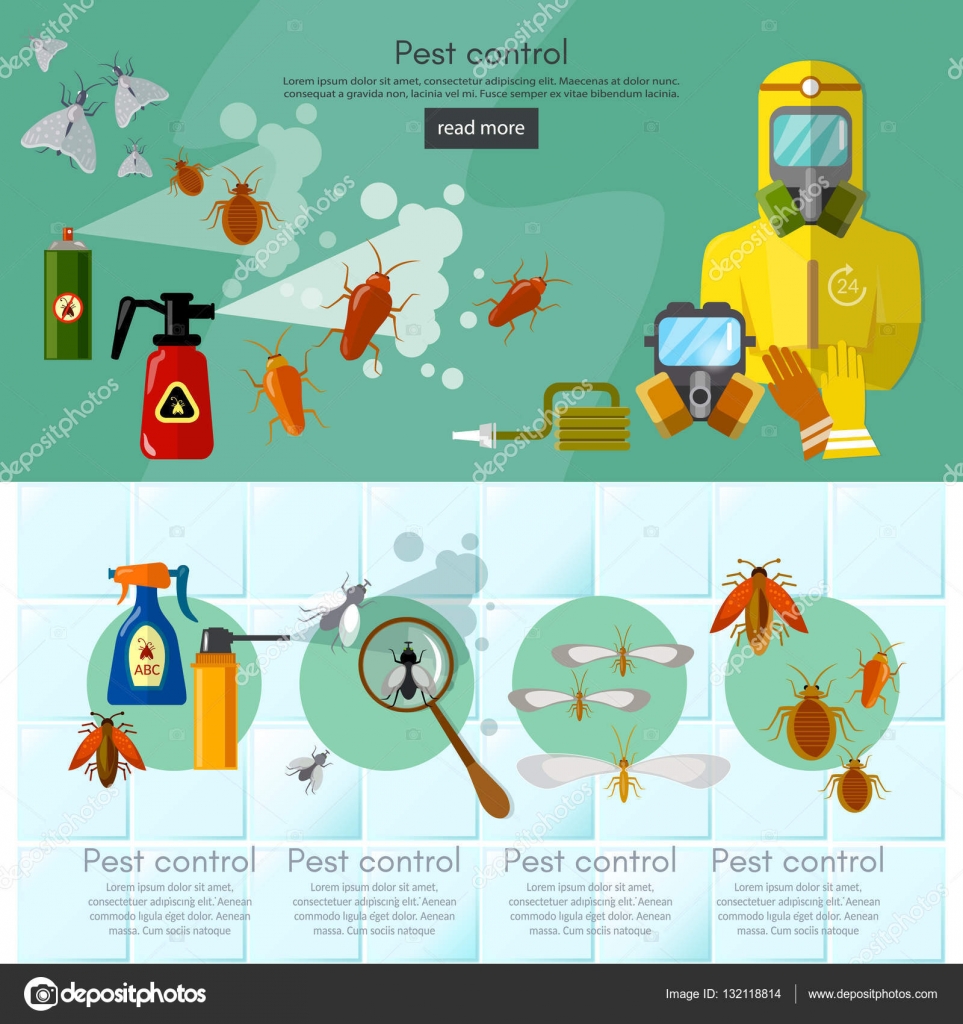Insights Right Into The Life Cycle Of Bed Vermin: Assistance From Insect Specialists
Insights Right Into The Life Cycle Of Bed Vermin: Assistance From Insect Specialists
Blog Article
Article Author-Edwards Egeberg
Like a quiet invasion, bed bugs can slip right into your home, hiding in the shadows and waiting for the ideal minute to strike. Comprehending their life process is vital in taking care of these relentless insects, and that better to turn to for recommendations than the professionals themselves?
In this conversation, you will certainly reveal the tricks of the egg phase, the nymph stage, and the adult stage of bed insects, untangling the mysteries behind their resilience and persistence. Brace yourself, because what you will discover will certainly leave you wondering about every little itch and bite.
The Egg Phase
During the egg phase, bed bugs are in their earliest form, prepared to hatch and start their life process. These little eggs are typically laid in fractures and holes near the bed pest's feeding area, such as seams of mattresses or furnishings. The women bed pest can injure to 5 eggs daily, which amounts to hundreds in her lifetime.
https://docs.google.com/spreadsheets/d/1gu4ByGtghIofBNRz8YP_5WGzjsVBEXShijWYIWhrXN0/edit?usp=drive_link are oval-shaped and concerning 1mm in length, making them barely visible to the naked eye. They have a sticky finish that helps them abide by surfaces and continue to be in place. The egg phase lasts concerning one to two weeks, depending on the temperature and various other environmental factors.
Once the eggs hatch, the fairies emerge, starting their journey towards the adult years.
The Nymph Phase
As the eggs hatch out, the newly arised nymphs embark on their journey towards adulthood, marking the start of the nymph phase in the life process of bed bugs. This phase is vital for their advancement, and recognizing its attributes can aid in taking care of these insects efficiently.
Below are three vital things to understand about the nymph stage:
1. Size and Look: Fairies are little, measuring only about 1.5 mm in length. They're clear, but after feeding, their bodies turn reddish-brown. As they expand, they shed their exoskeletons, leaving behind molted skins.
2. Feeding Behaviors: Like grown-up bed pests, nymphs feed on blood. They require to feed several times to molt and advance to the following stage. Nymphs generally prey on humans or animals while they rest, leaving behind itchy bites.
3. Advancement and Reproduction: Fairies experience 5 instars before reaching adulthood. Each instar requires a blood dish for growth. Once https://www.pctonline.com/news/arrow-offices-eatonton-fayetteville-orlando/ become grownups, they can duplicate and proceed the bed bug life cycle.
Understanding the fairy stage is important for reliable bed insect control. By targeting the fairies during this vulnerable phase, you can prevent their progression in the direction of adulthood and halt their invasion.
The Adult Stage
After completing their development as fairies, bed bugs get in the grown-up phase. At this stage, adult bed insects are around 4-5 mm in size and have a flat, oval-shaped body that is reddish-brown in color. They have six legs, antennae, and a tiny head. Adult bed bugs are totally capable of recreating and continuing their problem. They feed upon blood, ideally human blood, and can survive without a meal for a number of months. They are largely active during the night and often tend to hide in cracks, crevices, and furnishings during the day.
Grown-up female bed pests can lay up to 5 eggs daily. These eggs hatch out right into fairies in concerning a week. Understanding the actions and life cycle of grown-up bed pests is vital in efficiently removing and preventing invasions.
Final thought
Since you understand the life process of bed insects, you hold the power to shield your home.
Envision a tranquil evening's sleep, devoid of the torment of these small pests.
By identifying the indicators and taking immediate action, you can avoid problems and make sure the well-being of your loved ones.
Don't allow these stealthy insects attack your shelter.
Stay cautious, remain notified, and rest tight knowing you're in control.
